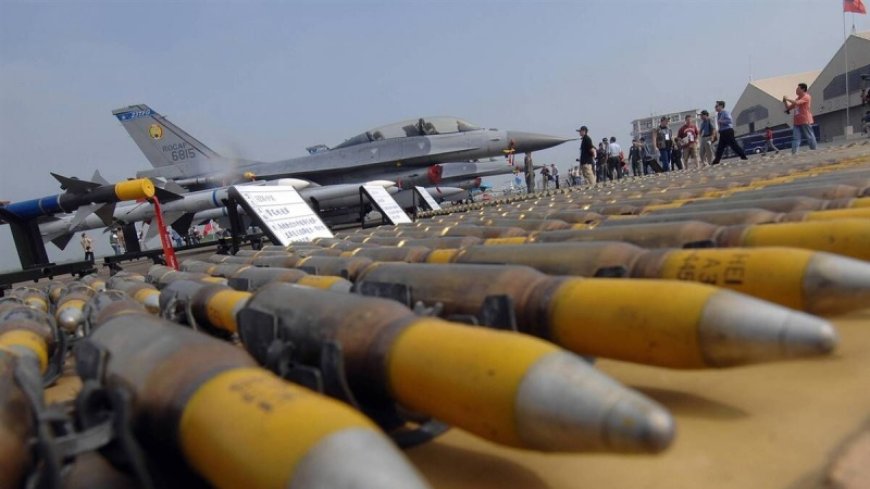U.S. newspaper, ``The war in West Asia is causing a boom in the U.S. weapons export market.''
The conflict between the Zionist government Israel and the Palestinian Islamic resistance movement Hamas, and Russia's special military operations in Ukraine, have led to an expanding international market for U.S. weapons exports and provided an excuse for the U.S. to form closer military alliances with other countries.

The New York Times on Wednesday, the 18th, mentioned that new American weapons were being imported into the Israeli-occupied territories under the pretext of the war in the Palestinian-Gaza Strip, stating, ``The war in Gaza is the latest spark for a boom in arms sales.'' "This has served to strengthen the profits and production capabilities of U.S. arms suppliers." The report also said, ``The increase in arms sales presents the current Biden administration with a new opportunity for the United States, the world's largest arms exporter, to strengthen military ties with countries close to it. At the same time, it has raised concerns that there is an increased risk of further war in a world that resorts to military force."
Even before the latest Israeli attack, the war in Ukraine and the growing threat from China had already increased the global trend toward purchasing fighter jets, missiles, tanks, ammunition, and other lethal weapons.'' I did. Under these circumstances, Israel's efforts to secure weapons are a result of efforts by American military contractors to secure Ukraine's arms needs and strengthen its defense capabilities by supporting other allies in Europe, such as Poland. It was a combination of effort and timing. The New York Times further claims that the perception of a growing Chinese threat has also led to billions of dollars in arms orders from Asian countries allied to the United States. According to the SIPRI Stockholm International Peace Research Institute in Sweden, global military spending (arms, personnel, and other miscellaneous expenses) reached $2.2 trillion last year, the highest in inflation-adjusted dollars since the end of the Cold War .
The standard has been reached. Global military spending in 2024, excluding arms sales to the United States, China, and Russia, is expected to reach $241 billion, an increase of 23% compared to 2023. According to these data, since last year, U.S. arms exports have accounted for about 45% of the world's total, more than five times as much as any other country, and the highest level since the years after the collapse of the former Soviet Union. . The New York Times also touched on the arms-buying race, noting that "this is creating opportunities not only for major U.S. contractors but also for other countries such as Turkey and South Korea."
The New York Times













































